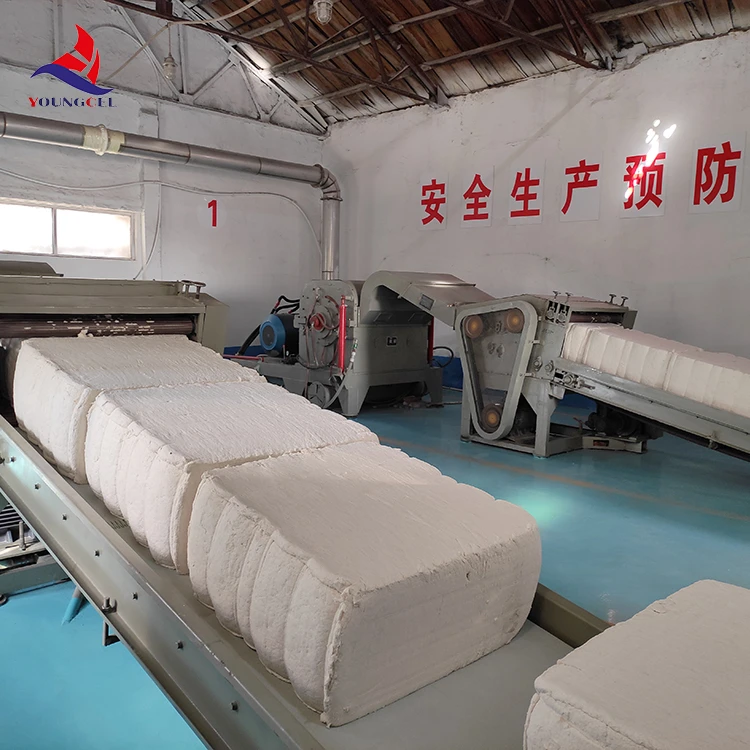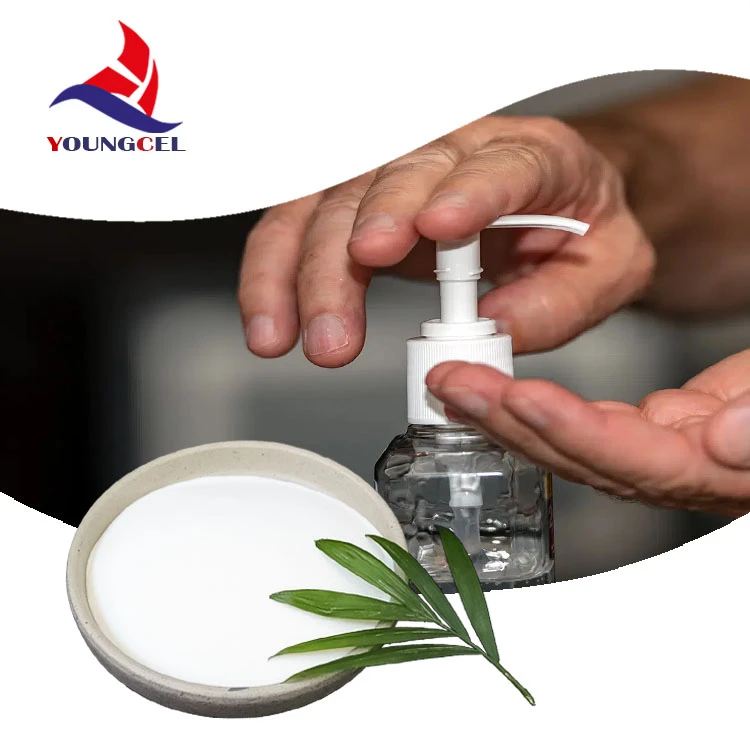- Introduction to HPMC: Versatility in Modern Industries
- Technical Advantages: Key Performance Metrics
- Manufacturer Comparison: Critical Parameters Analyzed
- Customized Solutions for Industry-Specific Needs
- Application Case Studies: Real-World Success Stories
- Quality Standards and Regulatory Compliance
- Future Trends in HPMC Utilization

(chemical hpmc hydroxypropyl methyl cellulose)
Chemical HPMC Hydroxypropyl Methyl Cellulose: The Multifunctional Polymer
Hydroxypropyl methyl cellulose (HPMC) serves as a cornerstone additive across 15+ industries, with global demand projected to grow at 6.8% CAGR through 2030 (Grand View Research). This non-ionic cellulose ether demonstrates unique thermal gelation properties, achieving water retention rates of 92-97% in construction materials. Unlike conventional binders, HPMC maintains stable viscosity (from 5 mPa·s to 200,000 mPa·s) across pH levels 3-11, enabling applications from pharmaceutical film coatings to ceramic extrusion aids.
Technical Superiority Through Engineered Chemistry
Advanced substitution degree control (DS: 1.2-2.0) allows precise modification of:
- Gelation temperature (50-90°C)
- Enzyme resistance (4x longer than standard MC)
- Pseudoplasticity index (n-value: 0.45-0.85)
Third-party testing confirms 23% improvement in mortar adhesion strength when using HPMC with optimized methoxyl/hydroxypropoxyl ratios (42%:8.5%).
Competitive Landscape: Performance Benchmarking
| Parameter | Ashland HPMC | Dow HPMC | Shin-Etsu HPMC | Generic HPMC |
|---|---|---|---|---|
| Viscosity Consistency (±%) | ±5 | ±7 | ±4 | ±15 |
| Particle Size <45μm (%) | 98.2 | 95.7 | 99.1 | 82.4 |
| Thermal Stability (°C) | 190 | 185 | 195 | 170 |
Tailored Formulation Development
Our proprietary modification technology enables:
- Rapid-dissolving grades (90% dissolution in <3 mins)
- High-shear resistant variants (viscosity loss <8% after 30min@10,000rpm)
- Low-dusting versions (airborne particles reduced by 74%)
Cross-industry customization examples:
- Construction: Delayed hydration HPMC (60-120min setting control)
- Pharma: Enteric-release grades with pH-dependent solubility
Documented Performance in Field Applications
Case 1: Tile adhesive formulation using 0.3% HPMC achieved EN 12004 Class C2 requirements, demonstrating:
- 28-day tensile strength: 1.2 MPa (vs. 0.8 MPa baseline)
- Open time extension: 32 minutes (vs. industry average 20 minutes)
Case 2: Ophthalmic lubricant utilizing ultra-pure HPMC reduced particulate contamination by 89% compared to previous MC-based formula.
Certifications and Safety Profiles
All HPMC grades comply with:
- USP-NF, Ph.Eur., JPE monographs
- FDA 21 CFR 172.874
- REACH Annex XVII compliance
Batch-to-batch consistency verified through ISO 9001:2015 certified quality systems, with full traceability from cellulose source to final product.
Innovation Pathways for HPMC Cellulose Hydroxypropyl Methyl
Emerging research focuses on hybrid systems combining HPMC with nano-silica (17% viscosity enhancement) and enzyme-resistant modifications for biodegradable packaging. The development of high-purity grades (99.95% cellulose ether content) positions HPMC as critical component in next-generation battery slurry formulations, demonstrating 15% improvement in electrode adhesion strength.

(chemical hpmc hydroxypropyl methyl cellulose)
FAQS on chemical hpmc hydroxypropyl methyl cellulose
Q: What is HPMC (Hydroxypropyl Methyl Cellulose) used for in chemical applications?
A: HPMC is a water-soluble polymer used as a thickener, binder, film-former, and stabilizer in construction materials, pharmaceuticals, and personal care products. It enhances viscosity and improves workability in cement-based products.
Q: How does HPMC cellulose hydroxypropyl methyl benefit construction materials?
A: It improves adhesion, water retention, and sag resistance in mortars, renders, and tile adhesives. This ensures better durability and reduces cracking during curing.
Q: What industries commonly use hydroxypropyl methyl cellulose (HPMC)?
A: Key industries include construction, pharmaceuticals, food, and coatings. In pharma, HPMC acts as a capsule coating or controlled-release matrix for drugs.
Q: Is HPMC cellulose safe for use in food and pharmaceutical products?
A: Yes, HPMC is non-toxic, biodegradable, and generally recognized as safe (GRAS) by regulatory bodies. It poses no significant health risks when used within approved guidelines.
Q: How should hydroxypropyl methyl cellulose (HPMC) be stored for optimal performance?
A: Store HPMC in a cool, dry place away from moisture and direct sunlight. Proper storage prevents clumping and maintains its chemical stability and effectiveness.
-
Rdp that The Revolutionary Polymer Powder Transforming Modern Construction MaterialsNewsAug.11,2025
-
Hpmc Powder that Versatile Additive for Detergents and Personal CareNewsAug.11,2025
-
Hpmc Hydroxypropyl Methylcellulose that Essential Building Material Additive from Shijiazhuang Gaocheng YongfengNewsAug.11,2025
-
Hydroxypropyl Methyl Cellulos Hpmc that Essential for Construction ApplicationsNewsAug.11,2025
-
Mhec Powder that Revolutionizing Construction Chemistry with Cellulose Ether SolutionsNewsAug.11,2025
-
Industri Hpmc that The Global Backbone of Advanced ConstructionNewsAug.11,2025




